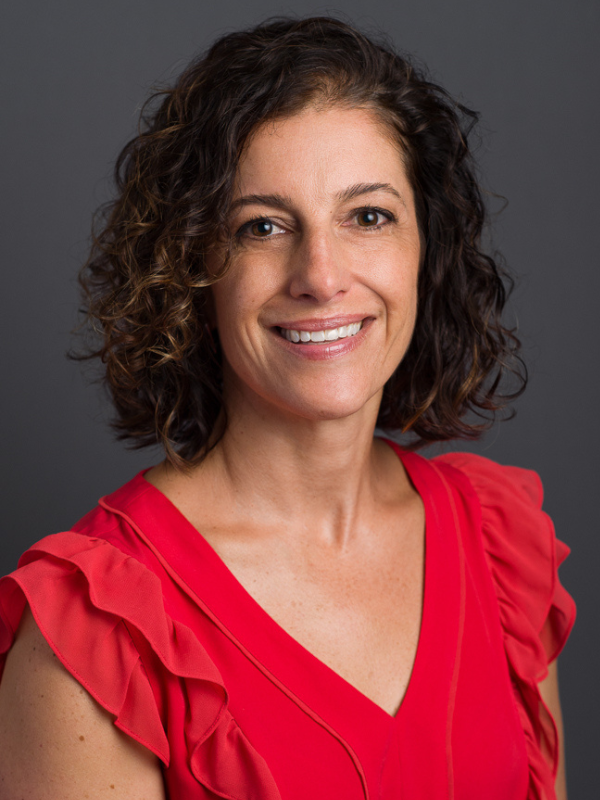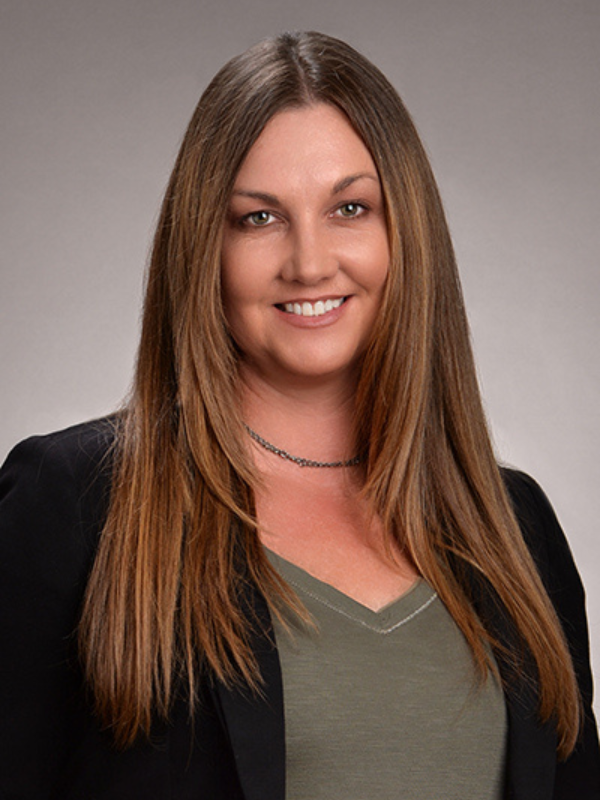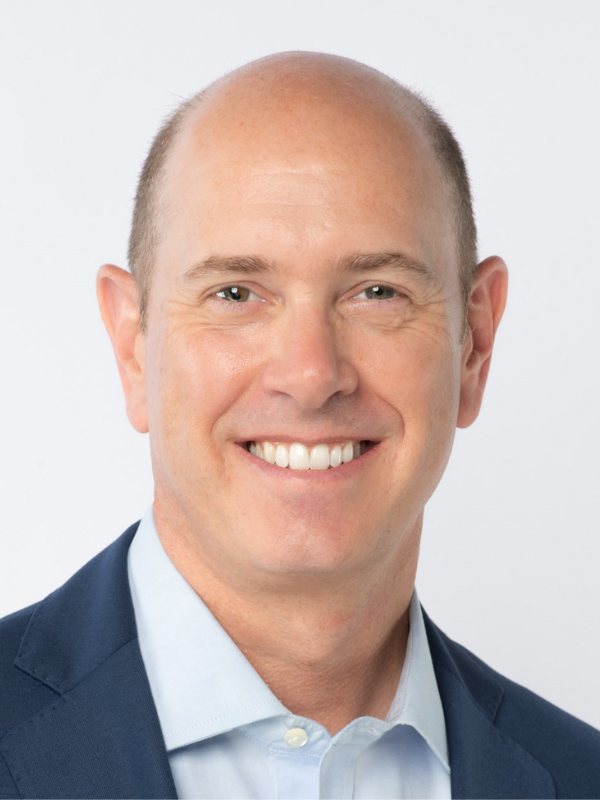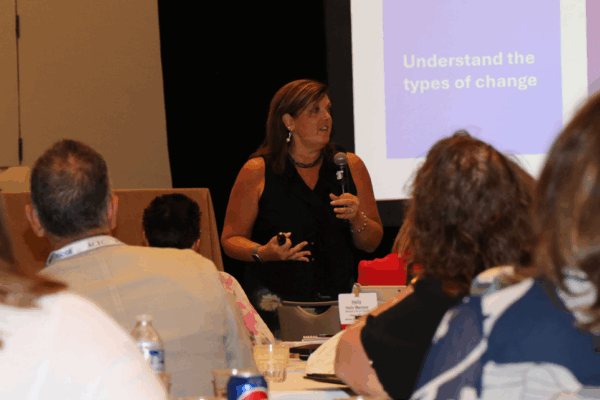Flat Rates, Deeper Risk—Inside the 2024 PLI Carrier Survey and Interviews

Fourteen professional liability insurance carriers (representing a large majority of the A/E PLI market) took part in the 2024 PLI Carrier Survey conducted by ACEC, the American Institute of Architects (AIA) Trust, and the National Society of Professional Engineers (NSPE). Twelve of those carriers also took part in Zoom interviews with the sponsoring organizations in September 2024.
This feature examines the key findings and year-over-year shifts in rates, claim trends, underwriting practices, and emerging risks between policy years 2023 and 2024.
PREMIUMS HOLD, RISK RISES
Premiums for professional liability coverage may look stable, but the underlying risk climate tells a more nuanced story. Most surveyed carriers reported rate adjustments of just zero to five percent, essentially flat year over year. Yet all 14 say they remain in growth mode, pursuing additional market share despite deepening claims pressure.

Claim reporting is flat, but severity continues to trend upward, and that gap is widening every quarter we track.
manager of strategic partnerships
axa xl
That pressure starts with claim severity. Industry-wide, the average loss on the first $1 million of coverage has nearly doubled in just four years, from $260,000 in 2019 to $500,000 in 2023. Michaela Kendall, manager of strategic partnerships at AXA XL, says, “Claim reporting is relatively flat, but severity continues to trend upward, and that gap is widening year over year.”
The drivers? Cost inflation in defense, labor, and materials. “Severity continues to be a concern,” says Kevin Collins, managing director and A/E practice leader at Victor. “The cost to remediate claims (people, time, materials) remains well above historical norms.”
Premium calm, in other words, does not mean risk has receded. It means firms must look deeper.
MARKET SNAPSHOT: FLAT PRICING, HIDDEN PRESSURES
In 2024, the minimum premium reported by A/E carriers rose to $1,000, up 33 percent from $750 in the prior year. That increase pushes the floor higher, even as top-line rate change remains muted. Meanwhile, all 14 carriers said they are in “gain” mode (one more than in 2023), underscoring fierce competition despite thinner margins.
John Rapp, assistant vice president at Travelers, puts the surface view succinctly: “Coverage is plentiful and still priced to move—competition hasn’t gone away.” That sentiment aligns with flat market rates, but there’s another side. Jacqueline Neal, former executive vice president at Berkley Design Professional, calls the market “softening” and notes that escalating defense and settlement costs are eroding whatever price relief firms see on base rates. Carriers, she adds, are watching social inflation verdicts and rising remediation expenses compress their underwriting margin.

Responsible carriers understand the continued impact of social inflation on this line of business and understand that claims costs continue to increase beyond economic inflation metrics.
former Executive Vice President
Berkley Design Professional
The result? Firms are not yet absorbing broad rate hikes, but carriers have begun to recalibrate deductibles, minimum premiums, and multi-year terms to protect profitability. This signals that the next tightening may arrive quietly, not through obvious price shocks.
Those hidden cost pressures show their full impact once a claim reaches the ledger.
SEVERITY SURGE: COSTS CLIMB BEHIND THE SCENES
Flat premiums in 2024 belie a sharp rise in claim costs that are reshaping the risk landscape for A/E firms. Once-rare verdicts are now routine. Multiple carriers report bodily injury awards regularly topping $10 million, with $100 million no longer theoretical. Claim frequency remains stable, but severity has climbed three to five percent annually, driven by rising legal fees, construction-material inflation, and compounding labor costs. Over the past decade, defense costs alone have surged 57 percent, eroding margins before indemnity even enters the equation.
Compounding those costs is a quieter pressure: talent capacity. As seasoned professionals retire and staffing thins, more risk is being managed by fewer hands. That gap increases the likelihood of technical missteps and raises the odds that routine claims escalate into high-severity payouts.
Roger Guilian, senior vice president and client executive at Greyling (which acts as the Program Administrator for the ACEC Business Insurance Trust), sees the ripple effects: “The consistent and growing impact of ‘nuclear verdicts’ ($10M+) and now even ‘thermonuclear verdicts’ ($100M+) is reshaping coverage pressures.” Those verdicts, he adds, are “influencing tightened underwriting” and redefining future exposure.

The consistent and growing impact of ‘nuclear verdicts’ ($10M+) and now even ‘thermonuclear verdicts’ ($100M+) is reshaping coverage pressures.
senior vice president and client executive
greyling
Tim Corbett, founder and president of SmartRisk and a member of the ACEC Risk Management Committee, puts a sharper point on it: “Staffing lag is the invisible accelerant—less supervision, more mistakes, higher payouts.” That dynamic amplifies dollar severity and magnifies volatility across the risk spectrum.
The message to A/E leaders is clear: flat pricing isn’t stability. It’s deferred reckoning. Cost drivers are already rewriting the rules of how carriers model, price, and underwrite exposure.
So, where does that volatility concentrate first? The answer lies in the project type and delivery model.
PROJECT HOT SPOTS: WHERE CLAIMS HIT FIRST
Project risk is clustering around specific delivery models and asset classes. Carriers now flag three flash points:
- Condos and multifamily housing remain the most frequent source of claims. Berkley Design Professional and Travelers both rank condos/multifamily at the top of their loss charts for both frequency and dollar severity. High density, narrow margins, and a concentrated pool of potential plaintiffs keep frequency and severity elevated.
- Design-build megaprojects in highway and transit are fueling a wave of bodily injury claims. AXA XL flags sustained litigation risk across transportation infrastructure. Fast-track sequencing merges roles and compresses timelines, pushing escalation risk squarely onto engineers.
- Design-assist contracts are introducing a liability gray zone. Kevin Collins and Brandon Perry of Victor warn: “Design-assist liability is outpacing contract clarity. Parties can’t decide who owns what risk.” When roles blur, disputes multiply—and so do payouts.
Ty Sander, senior vice president at Crawford, Murphy & Tilly and a member of the ACEC Risk Management Committee, underscores the delivery model tension: “Large fixed-price design/build projects put engineers on the front line of every schedule dispute.” With prices locked in, the risk clock starts early.
Carriers aren’t waiting for verdict trends to stabilize. They’re already tightening terms, shifting deductible structures, and quietly narrowing eligibility thresholds.
QUIET TIGHTENING: NEW GUARDRAILS IN UNDERWRITING
Beneath the surface of flat premiums, carriers are tightening terms through underwriting, not overt price hikes. That recalibration shows up in three quiet but telling shifts: deductible structures, eligibility caps, and excess-layer pricing.
Most notably, damages-plus-defense deductibles now dominate the field. Thirteen of the 14 carriers surveyed have adopted this structure, up from 12 last year. Only one carrier still offers a damages-only option. First-dollar defense remains universally available, but often with trade-offs in pricing or eligibility.
13 of the 14 carriers surveyed now use damages-plus-defense deductibles.
Eligibility is also tightening. Another subtle shift: eligibility thresholds. The median cutoff for multi-year policies now hovers at or below $250,000 in annual revenue. Smaller firms seeking long-term commitments may face heightened scrutiny or fall outside eligibility altogether.
The pressure doesn’t stop there. While base rates are holding, premiums for higher-limit coverage are rising quietly. Carriers like AXA XL and Great American report a measurable uptick in excess pricing, especially for segments exposed to large-verdict volatility.
Guilian flags the shift: “Expect even greater scrutiny: more questions, tighter deductibles, fewer automatic limit bumps.”
Corbett sees a pattern: “Storm losses, inflation, and outsized verdicts are forcing carriers to protect capacity in quieter ways.”
These changes won’t always show up in top-line pricing, but they carry real implications for coverage durability and renewal strategy.
Those subtle protections can backfire if a firm chooses a carrier on price alone.
PRICE-ONLY PITFALLS: BROKER WARNINGS
Carrier choice is rarely only about the premium. Brokers caution that the lowest line-item cost can hide costly gaps in claims counsel and excess-layer capacity.
Holly Gill-Gaither, president of a/e ProNet and professional liability agent with Walker Professional Insurance, notes that bargain carriers often rely on generalists as claims counsel rather than construction law specialists. The result: slower claim response and higher defense spending when litigation strikes.
Up-front diligence matters just as much. Brian Welker, SVP at Crawford, Murphy & Tilly and a member of the ACEC Risk Management Committee, advises firms to use their broker’s contract review tools. Tight language up front eliminates hidden exposures before a project starts and reduces risk without adding a premium.
Rob McLeod, CAIB, CIP, senior vice president of professional & financial lines at Axis Insurance and president of the Professional Liability Agents Network (PLAN), emphasizes that clear, written scopes remain a firm’s cheapest insurance against scope creep claims. When services are defined precisely, disputes have less room to grow.
Taken together, these insights underline a shared truth: risk management starts long before the quote. Selecting a carrier on price alone ignores structural differences in claims capacity, underwriting judgment, and contract support—differences that can dwarf any initial savings.
Guilian puts the consequence bluntly: price-driven decisions can create liabilities that far exceed any premium discount.
Selecting a carrier on price alone can expose firms to poor claims handling, volatile rate hikes, or even a carrier’s market exit—risks that can dwarf any initial savings.
Beyond today’s claims and deductibles lie emerging risks that will test how well those carrier choices hold up tomorrow.
EMERGING RISKS: WHAT’S COMING INTO VIEW
The next liability wave is already reshaping policy language and underwriting stance. Three exposures stand out:
PFAS CONTAMINATION
Carriers are monitoring PFAS as a potential environmental exposure, with some considering exclusionary language as a precaution. While no A/E claims were cited in the 2024 survey, insurers may take proactive steps to limit exposure given PFAS’ emerging risk profile. If PFAS is detected on or near a project site, cross-claims could quickly pull design firms into environmental litigation.
AI-ASSISTED DESIGN
Professional standards lag behind rapid adoption. “Maintaining the human element of the practice of engineering is going to become increasingly vital…as Artificial Intelligence further entrenches itself in our industry,” warns Guilian. As algorithmic output expands, human sign-off (and documented QA) remains the only reliable shield against negligent design allegations.
CLIMATE-CODE UPGRADES
Insurers like Victor Insurance are developing tools to flag climate exposure during early project planning. “We’re working on a climate risk back sheet…essentially a GPS tool to [highlight issues like sea rise, flood, and fire so firms can] have a conversation with owners [up front],” says Kevin Collins. Owners are starting to expect resilience baked in, and liability follows if designs fall short.

We’re working on a climate risk back sheet…essentially a GPS tool to [highlight issues like sea rise, flood, and fire so firms can] have a conversation with owners [up front].
managing director and a/e practice leader
victor
Collectively, these risks threaten to inflate defense costs and widen the gap between perceived and actual coverage.
With exposures multiplying, firms need practical levers—tight scopes, early mediation, and smarter use of carrier resources—covered next.
ACTION PLAYBOOK: FOUR MOVES FOR 2025
Stable premiums buy time only if firms act. These survey-backed moves sharpen renewal positioning and reduce exposure:
- Early-mediation savings – Twelve of 14 surveyed carriers cut deductibles by up to 50 percent and cap the credit at $25,000 when disputes settle through mediation rather than litigation.
- Member-program credits – Seven carriers grant 2 to 5 percent premium savings to firms that document active participation in ACEC, NSPE, or AIA Trust education programs.
- Scope discipline – “Without a specific written scope, there can be misunderstandings…typically resulting in scope creep,” warns McLeod. A signed, clearly defined scope remains the most cost-effective safeguard against surprise liability.
- Carrier learning portals – Tools such as AXA XL EDGE (CE webinars and case studies) and Victor Contract Sifter (AI-powered contract review) offer no-fee training and pre-bid risk scans already recognized by underwriters.
Combined, these moves harden a firm’s risk posture before renewal season.

A clear, written scope is still the surest guardrail against scope-creep claims.
Senior Vice President, Professional & Financial Lines
Axis Insurance
and
President of the Professional Liability Agents Network (PLAN)
LOOK AHEAD: CALM IS NOT COMPLACENCY
Flat pricing buys breathing room, nothing more. Verdict inflation, climate-driven code shifts, and talent shortages are already tilting the loss curve upward. Before the next renewal cycle, leadership should:
- Audit coverage terms while capacity is plentiful and deductibles are negotiable.
- Invest in training (from mediation tactics to AI-era quality checks) before experience gaps show up in claims.
- Leverage credits and tools (such as, but not limited to, EDGE, Contract Sifter) to blunt rising defense costs without adding a premium.
The market’s surface may feel steady, but risk is shifting underneath. Firms that prepare during this quiet spell will approach the next rate turn from a position of control.




